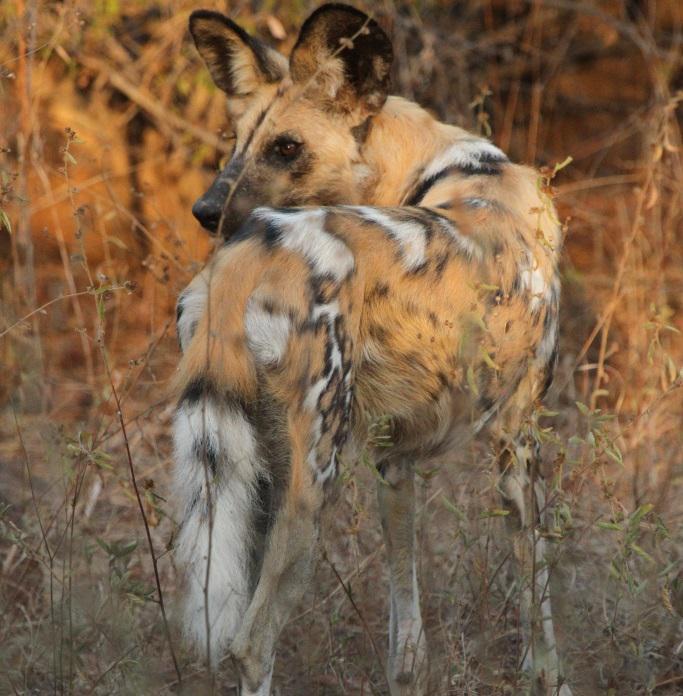Rosemary Groom
Other projects
22 Feb 2010
Improving the Conservation Status of the Endangered African Wild Dog in the Zimbabwean Part of the Greater Limpopo Transfrontier Conservation Area
26 Mar 2012
Establishing a Mobile Education Unit for Rural Communities around Zimbabwe’s Savé Valley Conservancy
16 Apr 2014
Using Education and Community Engagement to Conserve the Endangered African Wild Dog and its Habitat in Southern Zimbabwe
This project aims to assess the abundance, distribution and conservation status of the endangered African wild dog in the Zimbabwean part of the Greater Limpopo Transfrontier Conservation Area. The relative importance of the key conservation threats (population isolation, bushmeat snaring, prey and habitat depletion, disease risk and an increasing lion population) will be determined and possible solutions investigated.

The African wild dog is southern Africa’s most endangered carnivore and the Zimbabwean part of the GLTFCA is home to wild dog populations of global significance, making it an area of great conservation importance. Whilst several populations are known to occur in the area, the extent of the wild dog distribution, the population size, and the prospects for their future conservation are uncertain. This uncertainty is enhanced by the fact that a major land use transition has occurred recently, in the form of the land reform programme, which has had potentially significant but poorly documented implications for wildlife conservation. Key threats to the regions wild dogs are likely to include:
a) mortality from being captured in snares,
b) reduction in available habitat and prey due to bush clearing and bush-meat poaching,
c) exposure to disease from domestic dogs,
d) locally increasing lion populations in remaining wildlife habitat fragments.
The relative impact of these threats needs urgent investigation, such that mitigation strategies can be developed. In addition, information on the extent of connectivity of Zimbabwean wild dog sub-populations with those in the South African and Mozambican parts of the GLTFCA is crucial to determine the dogs’ vulnerability to stochastic events.
Methods include prey population surveys using belt transects, spatial analysis of land use types using GIS technology, spoor surveys to estimate wild dog populations as well as lions and hyaenas (to assess the level of threat to the dogs from these higher predators) and structured household questionnaire surveys to assess human population density, abundance of domestic dogs (potential for rabies) and attitudes towards wild dogs. We will also be carrying out a photographic census and individual identification of all dogs sighted, in collaboration with Endangered Wildlife Trust (South Africa), to determine population connectivity. Informal education efforts within local communities will be an important part of the project, as will the training of scouts in wild dog tracking and conservation techniques.